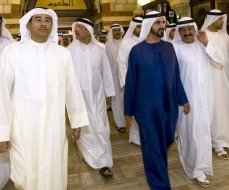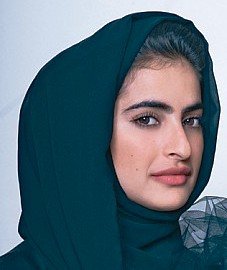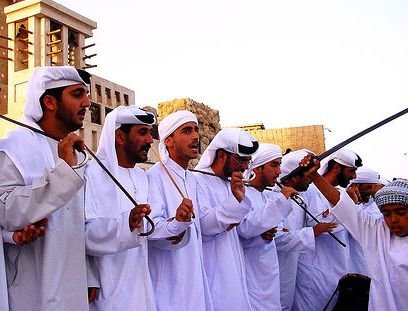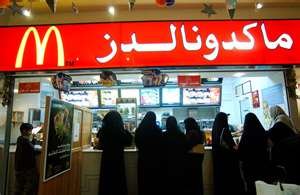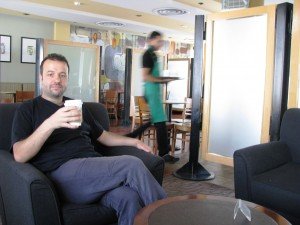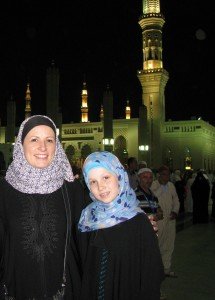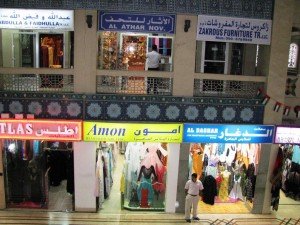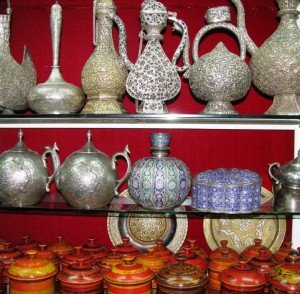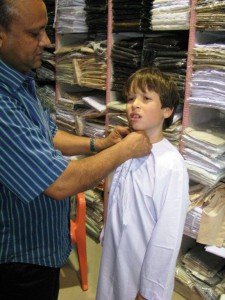Favorite Things about the United Arab Emirates
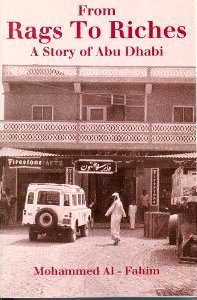 A few of my favorite things about the United Arab Emirates:
A few of my favorite things about the United Arab Emirates:
Favorite Book from the UAE
Whenever a fellow expat complains to me about the UAE, I say to them, “There’s a book you should read.”
I tell them about From Rags to Riches by Mohammed Al-Fahim. The subtitle is A Story of Abu Dhabi but because Abu Dhabi is the capital, the book reads like the story of the UAE.
First published in 1995, the book is part history and part memoir. Al-Fahim recounts his childhood, the hardships his family endured and his experiences in the UAE from the 1950s onward. This is all woven with the history of the UAE and its dramatic transformation from a tribal society to a modern nation.
The book is full of fascinating anecdotes about life in the UAE before the discovery of oil. Al-Fahim explains that as a child, the kandura had no pockets because they had nothing to put in them. He recounts traveling by camel from Al Ain to Abu Dhabi and describes the treacherous job of pearl diving. He gives insights into why Sheikh Zayed is so revered by his people. Interestingly, Al-Fahim discusses how the British exploited the UAE and why he has forgiven them.
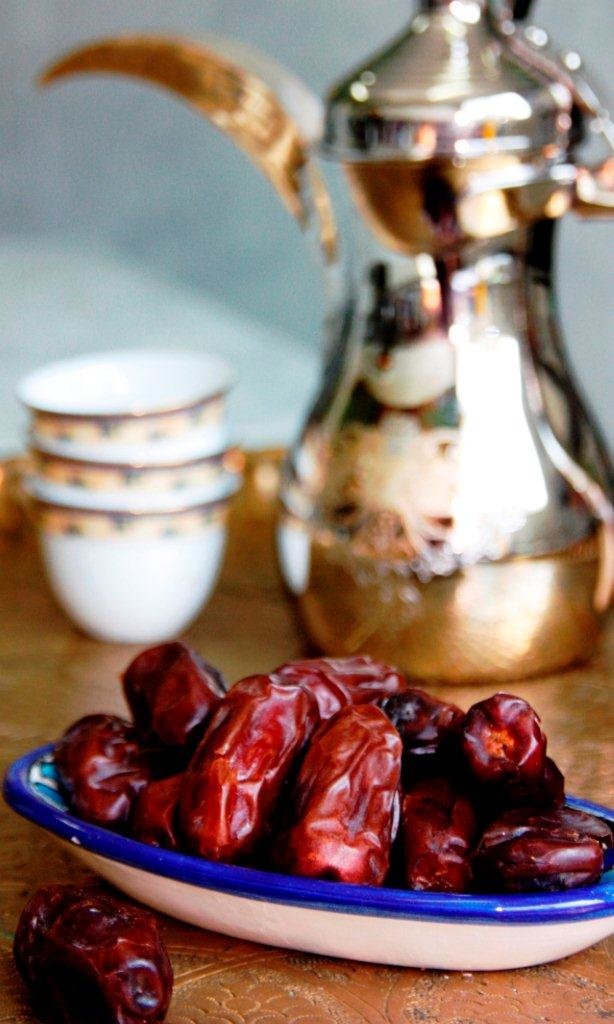 The book was ghostwritten by Susan Macaulay. She visited my book club about six years ago and told us how she conducted a series of interviews with Mr. Al-Fahim, recorded his words and turned them into a cohesive story.
The book was ghostwritten by Susan Macaulay. She visited my book club about six years ago and told us how she conducted a series of interviews with Mr. Al-Fahim, recorded his words and turned them into a cohesive story.
The book is sold all over the UAE in various languages, and I recommend it to all expats living here.
Favorite Food from the UAE
Dates! I didn’t appreciate them until I moved to Dubai. Now we eat them almost every day; we serve them to guests and give them as gifts when we travel. Dates are abundant in the UAE and are part of the traditional diet.
When an Emirati friend gives me a big box of dates—as they sometimes do, as many Emiratis have family date farms—I save them to make ma’amoul, date-filled pastries for Eid. Recently, on the day of the Royal Wedding, I made Date Scones.
The time of the year when dates are most important is Ramadan. For thirty days we break our fast by eating dates. Many people claim that dates have extraordinary nutritional value. I don’t know about that, but I like to think it’s true since I eat dates like candy.
 Favorite Feature of Emirati Culture
Favorite Feature of Emirati Culture
To anyone who says “Emirati culture is dying,” I direct them to the UAE national dress, worn by virtually all Emirati nationals. To me, it’s evidence of strong national pride and no desire whatsoever to assimilate to the dress of the expats filling their country.
And why should they when they have a superb local dress of their own?
The women wear the abaya, a light and flowing cloak—always black, but often with a colorful or sparkly trim—loose-fitting, worn over their clothing, sometimes partially open, sometimes not. This is typically topped with the shayla, a long black scarf. The ways to wrap and pin it are endless and depend upon the personal style and modesty of the woman. Several ways to wear the shayla are here and here, and how to create those amazing head bumps.
The men wear the kandura (dishdash in other dialects)—usually white but sometimes beige, sand or even dark blue. The head cloth is called a gutra, and the black cord to secure it, an agal. The men also have choices on how to wear their gutra, depending on season and preference.
When I’m in the mall, and a group of Emirati women glides past me, their heels clicking, abayas fluttering, heads wrapped artistically in the shayla—honestly, it’s hard not to stare; they look so striking. The same can be said of the men in their luminous white kanduras and carefully folded gutra.
Tell me your favorite thing about the UAE.
